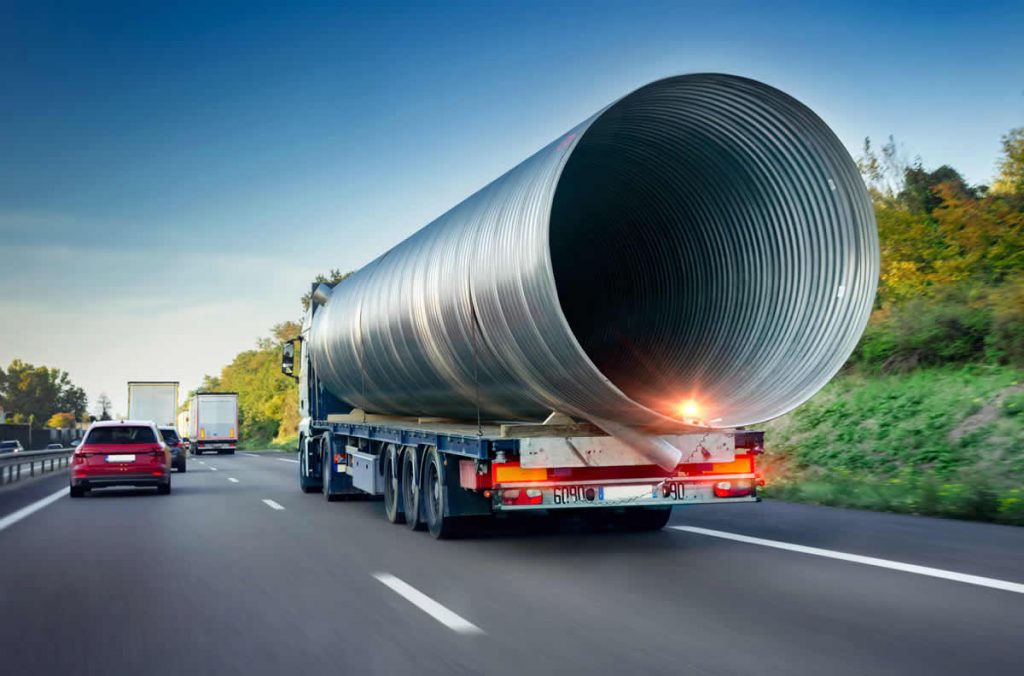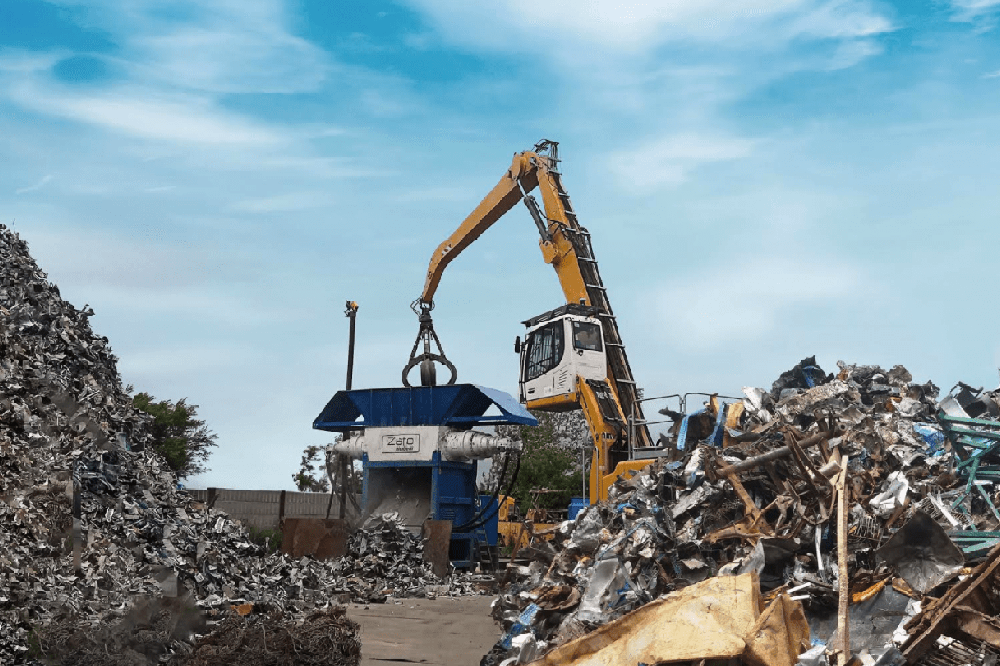Which is the most important metal of daily use?
In the realm of metals that permeate our daily lives, one stands out as indispensable: iron. This unassuming metal, known for its strength and versatility, plays a pivotal role in various aspects of our daily routines, from the foundation of infrastructure to the tiniest components of our gadgets. In this exploration, we delve into the multifaceted significance of iron and why it rightfully claims the title of the most important metal in our daily existence.

Historical Significance:
Iron has been an integral part of human history, shaping civilizations and defining technological advancements. The Iron Age, a period roughly starting around 1200 BCE, marked a crucial shift in human development. From weaponry to agricultural tools, the mastery of ironworking catapulted societies into new realms of productivity and efficiency. This historical significance laid the groundwork for iron’s continued dominance in our contemporary lives.

Infrastructure and Construction:
One of the primary arenas where iron takes center stage is in the construction industry. The backbone of skyscrapers, bridges, and other monumental structures, iron provides the structural integrity that allows these edifices to reach towering heights. Reinforced concrete, a composite material combining iron and concrete, exemplifies the symbiotic relationship between iron and modern construction techniques. Without iron, our cities would not soar to the heights we’ve come to expect.

Transportation:
The veins of our modern transportation systems are composed of iron. From the steel frames of automobiles to the intricate components of airplanes, iron alloys contribute to the durability and safety of vehicles. Railways, a cornerstone of mass transit, rely heavily on iron for the tracks and wheels that connect nations and facilitate the movement of goods and people. In essence, iron propels the wheels of progress, both literally and metaphorically.

Household Items and Appliances:
In the intimate spaces of our homes, iron manifests in an array of household items and appliances. From kitchen utensils to furniture, iron’s malleability and strength make it a preferred choice for designers and manufacturers. The sturdiness of iron pans, for instance, is renowned in culinary circles, symbolizing the marriage of tradition and practicality. Additionally, irons and washing machines, essential for daily chores, are crafted from iron-based materials, adding a touch of reliability to the mundane tasks of life.

Medical and Technological Advancements:
In the domain of healthcare, iron is indispensable for crafting medical instruments, implants, and diagnostic apparatus. Magnetic Resonance Imaging (MRI) machines, crucial for non-invasive medical assessments, utilize the magnetic attributes of iron to generate intricate images of internal structures. Additionally, iron serves as a vital element in electronic devices, encompassing the wiring in our residences to the microprocessors propelling our computers and smartphones. The digital era, in particular, owes a significant debt to the inconspicuous inclusion of iron within the circuits and components that shape our technological environment.

Agriculture and Food Production:
In the vast expanses that sustain entire populations, iron stands as an unspoken ally within the realm of agricultural tools. Plows, tractors, and an array of farming apparatuses are meticulously fashioned from iron alloys, elevating their resilience and performance. Beyond the boundaries of the fields, iron seamlessly integrates into the very fabric of the crops we harvest. Functioning as a crucial micronutrient for plants, iron assumes a pivotal role in the intricate process of photosynthesis and overall plant well-being. Consequently, fertilizers enriched with iron become instrumental in fostering vigorous crop yields, ensuring a consistent and dependable food source.

Environmental Impact and Recycling:
While iron is indispensable, its extraction and processing have undeniable environmental implications. The mining of iron ore and the smelting process contribute to greenhouse gas emissions and habitat disruption. However, the recyclability of iron is a redeeming factor. The iron and steel industry has embraced recycling initiatives, reducing the demand for raw materials and minimizing environmental impact. The circular economy approach ensures that iron’s longevity does not come at the cost of ecological sustainability.

Conclusion:
In the symphony of metals that shape our daily lives, iron emerges as the conductor, orchestrating the harmonious progression of human endeavors. From the towering skyscrapers that define our urban landscapes to the smallest components of our electronic devices, iron’s versatility and strength make it the unsung hero of modern existence. As we navigate the complexities of the 21st century, it is crucial to recognize and appreciate the profound impact of iron, a metal that bridges the past, present, and future of human ingenuity.
READ MORE: WHAT IS BUTTON HEAD SCREWS , AND PROPERTIES , APPLICATIONS
READ MORE: How to start a new startup business on Deepawali 2023




